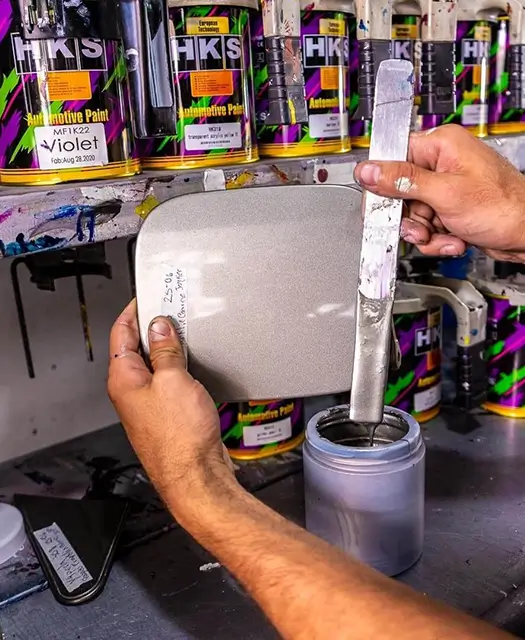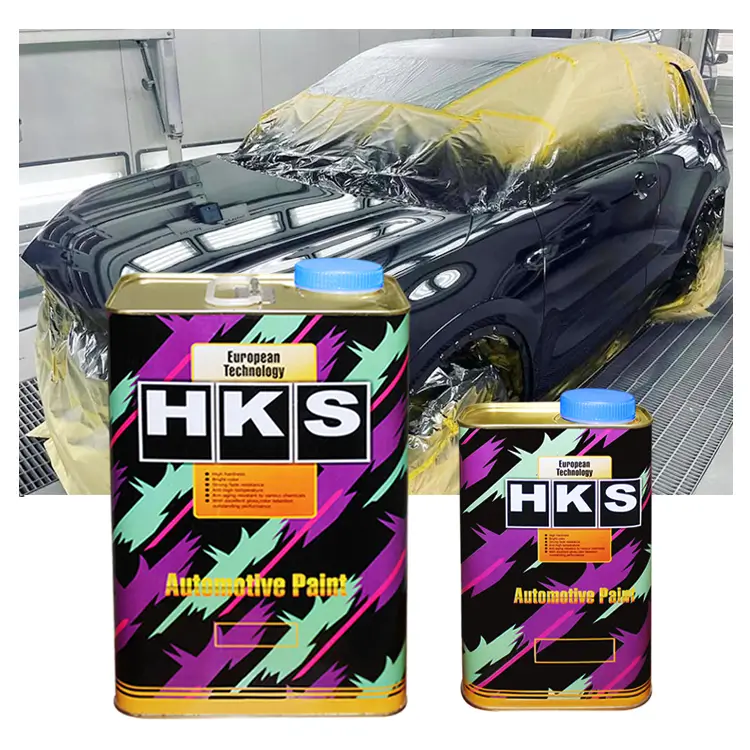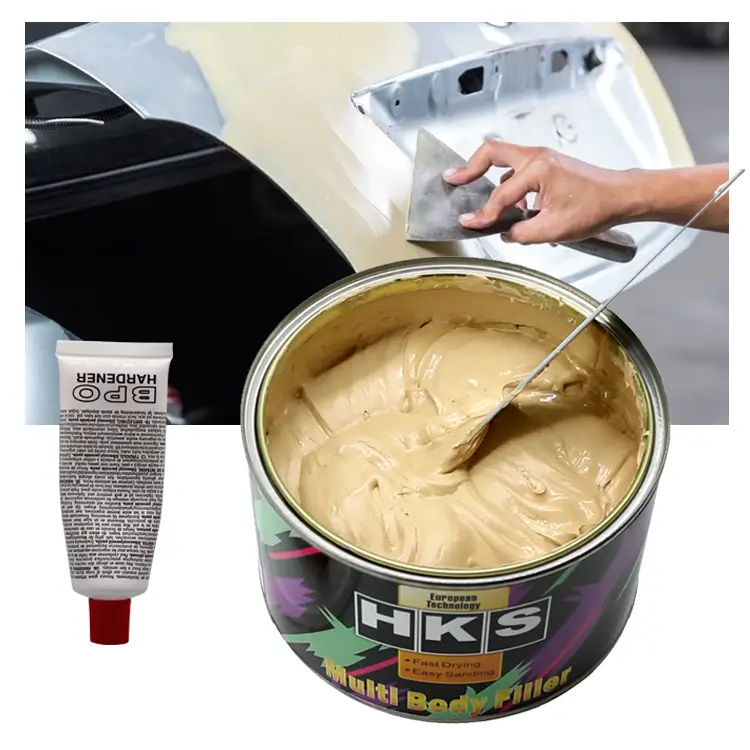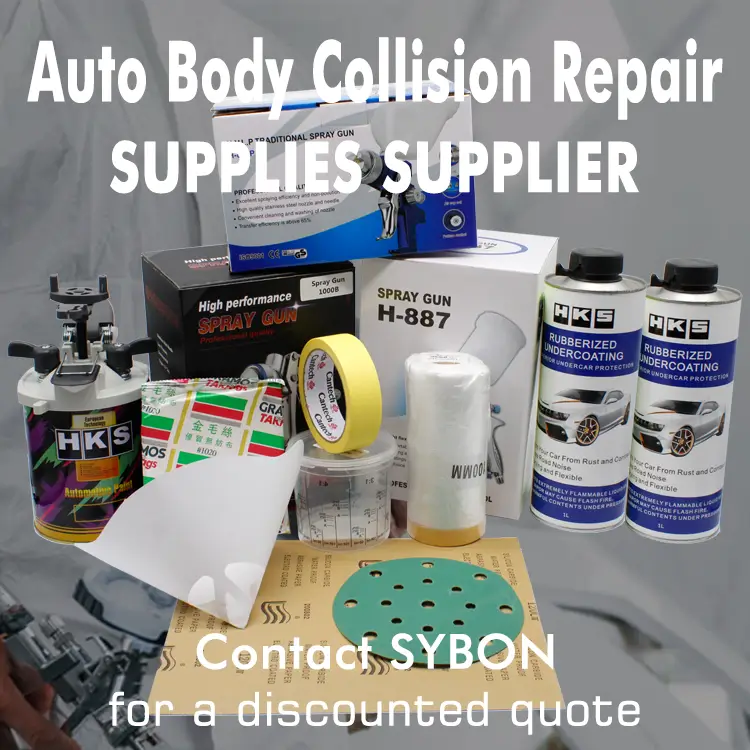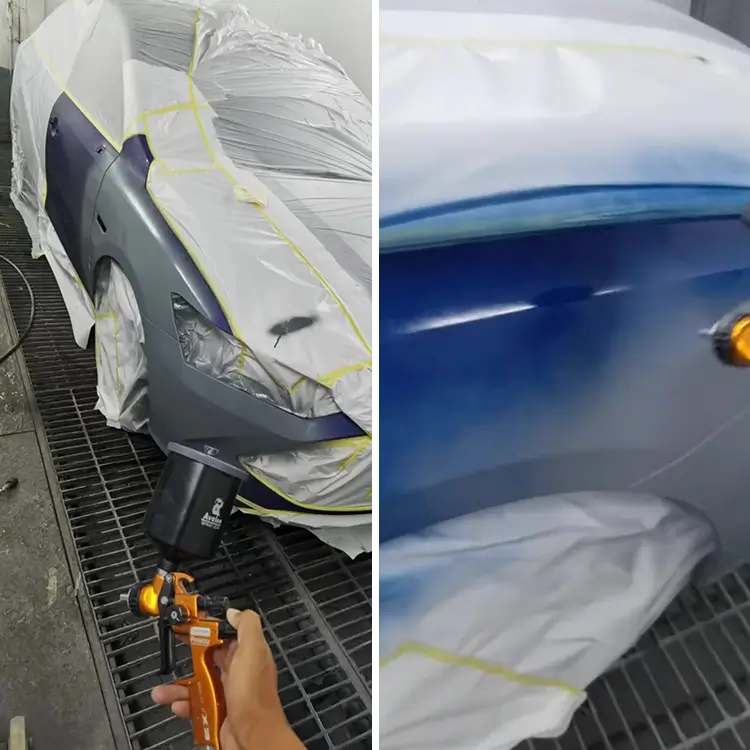What Kind of Primer to Use on a Car?
Choosing the right primer for automotive applications is a critical step in achieving a professional-quality paint job. The primer serves as the foundation upon which the paint adheres, playing a vital role in ensuring the durability and aesthetic appeal of the final finish. Given the variety of primers available in the market, it is essential to understand their specific applications and benefits to make an informed decision.
1. Understanding the Purpose of Automotive Primers
Automotive primers are used to prepare the surface of a vehicle before applying the topcoat. They provide several key functions, including:
- Adhesion: Primers help the paint adhere to the metal or plastic surface of the car. Without a primer, the paint may not bond properly, leading to peeling or chipping over time.
- Corrosion Resistance: Primers protect the underlying metal from rust and corrosion. This is especially important for cars exposed to harsh weather conditions.
- Surface Smoothing: Primers fill in minor imperfections, scratches, and dents on the car’s surface, creating a smooth base for the paint.
- Sealant: Some primers act as a sealant, preventing moisture from penetrating the surface and causing rust or other damage.
2. Types of Automotive Primers
There are several types of primers used in automotive painting, each designed for specific applications. Here are the most common types:
a. Epoxy Primers
Epoxy primers are highly durable and offer excellent adhesion to various substrates, including metal, fiberglass, and plastic. They are known for their superior corrosion resistance, making them ideal for use on bare metal surfaces. Epoxy primers also provide a strong foundation for subsequent layers of paint, ensuring a long-lasting finish.
Advantages:
- Excellent adhesion to multiple substrates
- Superior corrosion resistance
- Creates a solid base for topcoats
Applications:
Epoxy primers are best suited for bare metal surfaces and areas prone to corrosion, such as the car’s undercarriage, wheel wells, and engine bay.
b. Urethane Primers
Urethane primers are versatile and can be used over existing paint, fiberglass, and body fillers. They are known for their flexibility and resistance to cracking, making them ideal for areas that experience movement or vibration. Urethane primers are also compatible with a wide range of topcoats, including urethane, enamel, and lacquer paints.
Advantages:
- High flexibility and resistance to cracking
- Compatible with multiple topcoats
- Excellent filling properties
Applications:
Urethane primers are commonly used on flexible parts of the car, such as bumpers and plastic components, as well as areas where body fillers have been applied.
c. Self-Etching Primers
Self-etching primers contain a small amount of acid that chemically bonds with the metal surface, providing superior adhesion. They are ideal for use on bare metal and are often used as a base coat before applying additional primers or topcoats. However, self-etching primers are not designed to fill imperfections, so they should be used in conjunction with other types of primers for best results.
Advantages:
- Superior adhesion to bare metal
- Creates a chemical bond with the substrate
- Prevents rust and corrosion
Applications:
Self-etching primers are commonly used on bare metal surfaces, especially on areas that require a strong bond between the metal and the subsequent layers of paint.
d. High-Build Primers
High-build primers are designed to fill in minor imperfections, such as scratches, dings, and sanding marks. They create a smooth, level surface that is ideal for topcoats. High-build primers are particularly useful when restoring older vehicles or repairing damaged areas where the surface is not perfectly smooth.
Advantages:
- Fills in minor imperfections
- Creates a smooth surface for topcoats
- Can be sanded to achieve a perfect finish
Applications:
High-build primers are typically used on areas with minor surface imperfections, such as doors, hoods, and fenders. They are also commonly used in automotive restoration projects.
e. 2K Primers
2K (two-component) primers require the addition of a hardener or activator before application. These primers offer superior durability and chemical resistance, making them ideal for professional-quality finishes. 2K primers can be used on a variety of substrates, including metal, fiberglass, and plastic.
Advantages:
- Superior durability and chemical resistance
- Can be used on multiple substrates
- Provides a strong foundation for topcoats
Applications:
2K primers are suitable for professional automotive painting projects, where a high-quality finish is required. They are often used in conjunction with high-end topcoats to achieve a showroom-quality appearance.
3. Choosing the Right Primer for Your Project
When selecting the right primer for your automotive project, consider the following factors:
- Surface Material: Identify the material you will be priming (e.g., metal, plastic, fiberglass). Different primers are formulated to adhere to specific substrates.
- Condition of the Surface: Assess the condition of the surface. If there are minor imperfections, a high-build primer may be necessary to achieve a smooth finish.
- Topcoat Compatibility: Ensure that the primer you choose is compatible with the topcoat you plan to use. For example, if you are using a urethane topcoat, a urethane primer would be a suitable choice.
- Environmental Conditions: Consider the environmental conditions to which the vehicle will be exposed. If the car will be subjected to harsh weather or corrosive environments, an epoxy or self-etching primer with strong corrosion resistance is recommended.
4. Application Tips for Automotive Primers
Applying primer correctly is crucial for achieving a professional-quality paint job. Here are some tips to ensure success:
- Surface Preparation: Thoroughly clean and sand the surface before applying primer. Remove any rust, grease, or old paint to ensure proper adhesion.
- Mixing and Application: Follow the manufacturer’s instructions for mixing and applying the primer. Use the appropriate spray gun settings and techniques to achieve an even coat.
- Drying and Curing: Allow the primer to dry and cure according to the manufacturer’s recommendations. This may involve waiting several hours or even days before applying the topcoat.
- Sanding Between Coats: For a smooth finish, sand the primer lightly between coats. This will help remove any imperfections and create a level surface for the topcoat.
5. Conclusion
Choosing the right primer is essential for achieving a long-lasting, professional-quality finish on your vehicle. Whether you are restoring an old classic or repairing a damaged area, understanding the different types of primers and their specific applications will help you make an informed decision.
At SYBON, we offer a wide range of high-quality automotive primers designed to meet the needs of both professionals and DIY enthusiasts. If you are interested in testing our products, we invite you to request a sample. We are confident that our primers will exceed your expectations in terms of performance and durability.
If you are an importer, paint shop owner, or auto repair center manager interested in becoming a distributor, we welcome you to contact us through our website. Please send us an email, and we will get back to you within 24 hours.
With the right primer, you can ensure that your paint job not only looks great but also stands the test of time. Trust SYBON to provide the foundation for a flawless finish.
Source of this article:https://www.supersybon.com
Get to know us through more channels:

